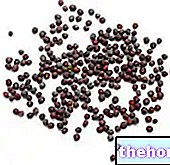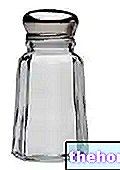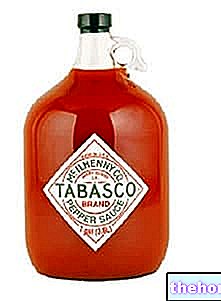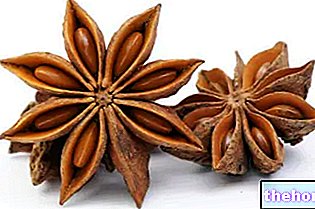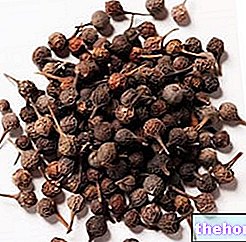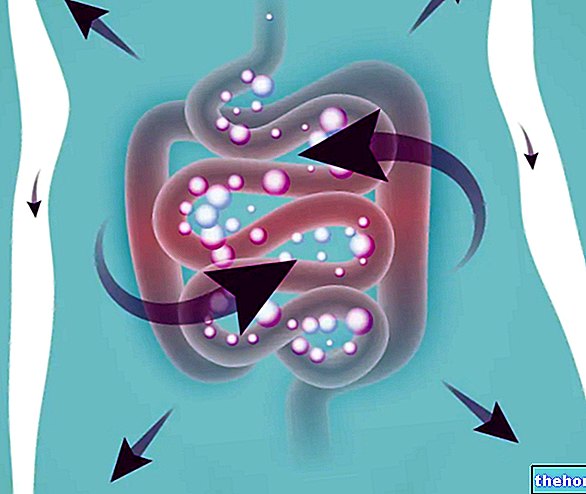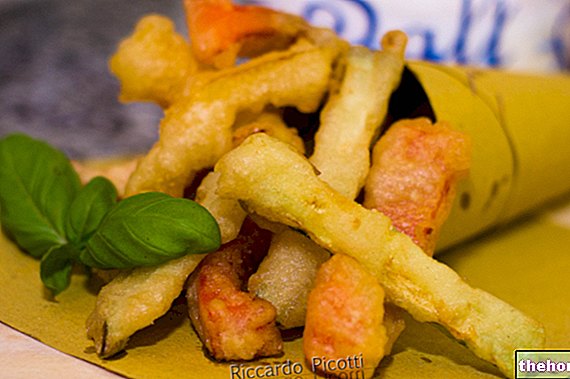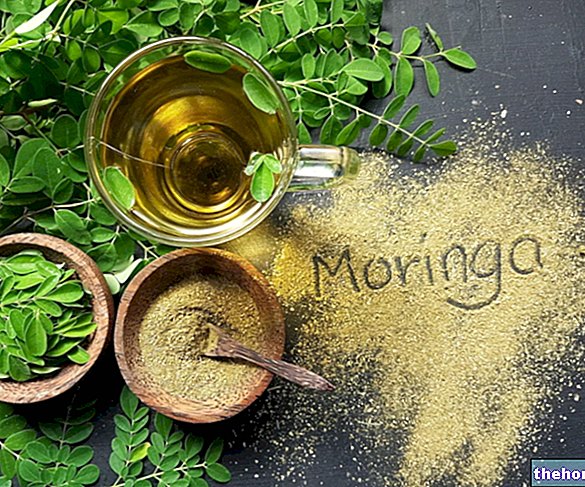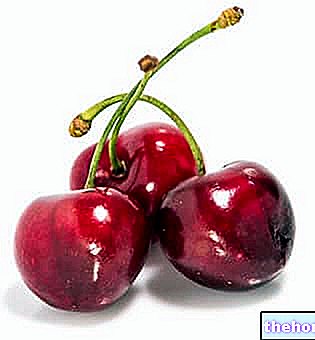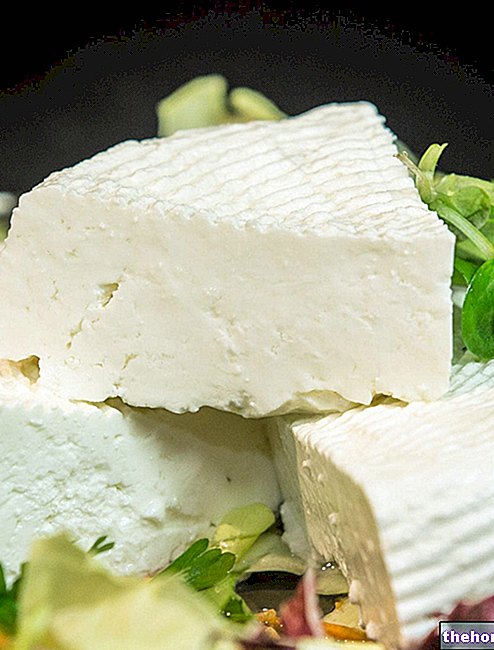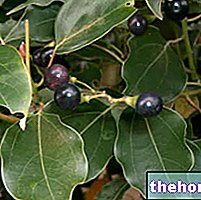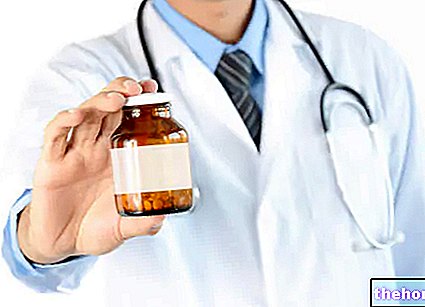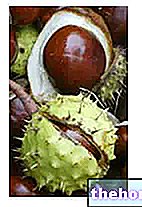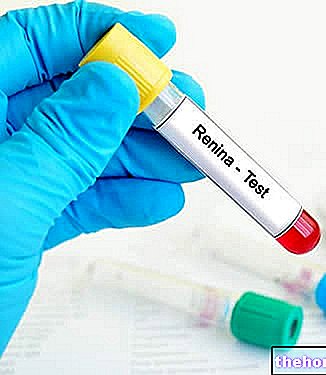Generality
Allspice, otherwise known as "pimenta", is a spice consisting of the dried berry of an evergreen Caribbean shrub, belonging to the family of Myrtaceae (the same as myrtle) and called Pimenta dioica.

Dried allspice berries and fresh leaves are also considered a biologically active drug.In fact, the plant contains a phytocomplex with beneficial properties, exploited both in folk medicine and in conventional medicine.
The essential oil of allspice, rich in eugenol, is often used as a substitute for the dried drug as well as a flavoring.
Note: There are several fragrant berries that have properties similar to allspice, despite being botanically completely foreign. Some examples are: Calycanthus floridus (Carolina allspice), Chimonanthus praecox (Japanese allspice), Lindera benzoin (wild allspice) e Tanacetum balsamita (Roman mint or bitter herb).
Spice
How and where is allspice used?
Allspice in the kitchen
Allspice is one of the most important ingredients of Caribbean cuisine. It is used for jerk curing (which in Jamaica would include smoking, although the use of the spice is still a good solution), for mole sauce and in pickling (preservation of food by anaerobic fermentation in brine and / or vinegar ); it is also an ingredient in some sausages (such as sausage) and complex spices such as curry.
Pimento is also used extensively in Middle Eastern cuisine, particularly in the Levant, where it is used in a wide range of stews and meat-based recipes. In Arab cuisine, for example, many dishes require only the use of allspice as a spice.
In the United States, allspice is mainly used in desserts, but it is also the distinctive ingredient of Chili Cincinnati.
Normally used in Britain, allspice appears in many Anglo-Saxon recipes, including several cakes.
Even in countries where allspice is not well known, such as in Germany, it is used in large quantities by commercial sausage producers.
In the West Indies, a pimento-based liqueur called "pimento dram" is produced.
Other uses of allspice
Allspice essential oil is also used as a deodorant and flavoring for toothpastes.
You use pimento leaves
Similar to those of bay leaves, allspice leaves can be used in the same way. On the other hand, unlike the latter, allspice leaves lose almost all their aromatic properties with drying. They can only be used fresh. , their commercial availability is quite limited.
Uses of allspice wood
The allspice wood, as well as the leaves, is commonly used for smoking meat in the places where the plants are grown.
Property
Beneficial properties of allspice
The most characteristic active ingredient of allspice is eugenol (essential oil).
Allspice is used in folk medicine as a remedy for internal and external use. However, many of these applications are not reflected in conventional medicine.
The natives of the original areas of allspice believe that, taken by mouth, it can cure:
- Dyspepsia
- Intestinal gas
- Abdominal pain
- Menstrual cramps
- He retched
- Diarrhea
- Fever
- Cold
- Hypertension
- Type 2 diabetes mellitus
- Obesity.
Allspice is really useful for promoting intestinal emptying.
Some people apply allspice topically, directly to the affected area, to relieve muscle pain, toothache or as an antibacterial. Some dentists use eugenol to kill germs on the teeth and gums.
Side effects
Side effects of allspice
Used as a spice, allspice is considered safe for most adults. However, insufficient information is known to know whether it is safe at medicinal concentrations.
When applied directly to the skin, allspice can cause allergic skin reactions in sensitive people.
Precautions and Warnings
Pregnancy and breastfeeding
Allspice is considered safe for pregnant and lactating women. However, it is necessary to avoid taking it in medicinal quantities.
Surgery
Allspice can slow blood clotting and there is a risk that it will increase bleeding during and after surgery. It is advisable to stop taking allspice at least 2 weeks before an operation.
Pharmacological interactions
With which drugs should allspice be avoided?
Allspice can interact with drugs that affect blood clotting.
Taking it with antiplatelet agents, antithrombotics, etc., there is therefore the possibility of bruising and bleeding.
It is advisable to avoid the association of allspice or eugenol with aspirin, clopidogrel, diclofenac, ibuprofen, naproxen, dalteparin, enoxaparin, heparin, warfarin and the like.
Dosage
How much pimento or eugenol to take?
The appropriate dose of allspice or eugenol depends on several factors, such as age, health, and any medical conditions.
There is not enough scientific information to determine the precise dosage of allspice and eugenol. However, it must be kept in mind that natural products are not necessarily considered safe and that the dose can be a very important factor.
You must make sure that you follow the directions on the labels of the products and consult your pharmacist, doctor or other health professional before using them.
Production
Production of the allspice spice
As we have said, allspice is the dried berry of the plant P. dioica.
The fruits are harvested while still green and unripe, and are traditionally dehydrated in the sun. Once dry they turn brown and resemble black pepper (although larger). They are better preserved whole and are much more aromatic if freshly ground.
Cultivation
Cultivation of allspice
Native to the area between the Greater Antilles, South Mexico and Central America, where it grows in spots (canopias), the P. dioica it is now grown in many parts of the world.
The allspice plant is classified as an evergreen shrub, although it can reach 10-18m in height (the size of a tree). Very similar to laurel, it is sometimes cultivated to shade the coffee trees planted under it.
The allspice tree can be grown naturally or after irrigation, depending on the climate in the area (tropical or subtropical). Smaller plants are susceptible to frost. It adapts well to growing in pots and is also suitable for use in greenhouses. .
Allspice plants multiply through seeds which, however, fallen to the ground directly from the branches "without any external help" do not germinate. For this reason, it was previously believed that allspice could only grow in Jamaica. Only later was it understood that, in order to be activated, the berries require to pass inside the digestive tract of birds, exposing themselves to specific heat and acidity. Today, allspice has been naturally spread by some avian species in Tonga and Hawaii (naturalized on Kauai and Maui).
Other Foods - Spices Garlic Dill Cinnamon Cren Curry Daikon Broth Cube Tarragon Monosodium Glutamate Mace Nutmeg Oregano Paprika Black Pepper Green Pepper Pepper Cayenne Pepper Chilli Pepper Parsley Horseradish Rosemary Dietary Salt Whole Salt Iodized Salt Hyposodic Salt Salt Pink Himalayan Salt Mustard Tabasco Vanilla Wasabi Ginger OTHER ITEMS SPICES Categories Food Alcoholics Meat Cereals and derivatives Sweeteners Sweets Offal Fruit Dried fruit Milk and derivatives Legumes Oils and fats Fish and fishery products Salami Spices Vegetables Health recipes Appetizers Bread, Pizza and Brioche First courses Second courses Vegetables and Salads Sweets and Desserts Ice creams and sorbets Syrups, liqueurs and grappas Basic Preparations ---- In the Kitchen with Leftovers Carnival Recipes Christmas Recipes Dietary Recipes Light Recipes Woman's Day, Mother's Day, Dad's Day Functional Recipes International Recipes Easter Recipes Recipes for Celiacs Recipes for Diabetics Recipes for the Holidays Recipes for Valentine's Day Vegetarian Recipes Protein Recipes Regional Recipes Vegan Recipes


